What is the ASF?
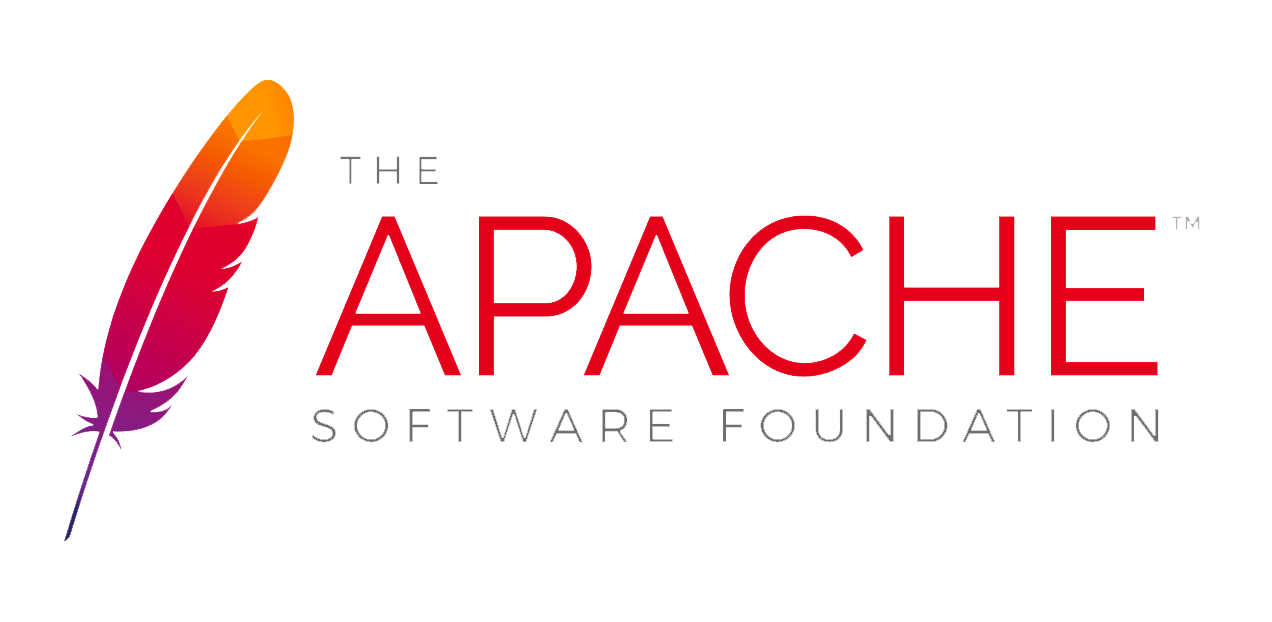
Who am I?
Your Name
Your role
Your email
What am I going to cover?
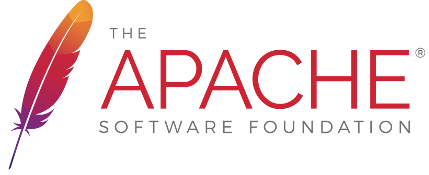
What is the ASF?
How is an ASF project structured?
How is the ASF structured?
How does all of this work?
What is the ASF?
ASF = The Apache Software Foundation
US 501(c)3 charity (Non-profit charity)
Community of volunteers
Virtual, world-wide organisation
Provides organisational, legal and financial support for a large number of open-source projects
The Apache Group
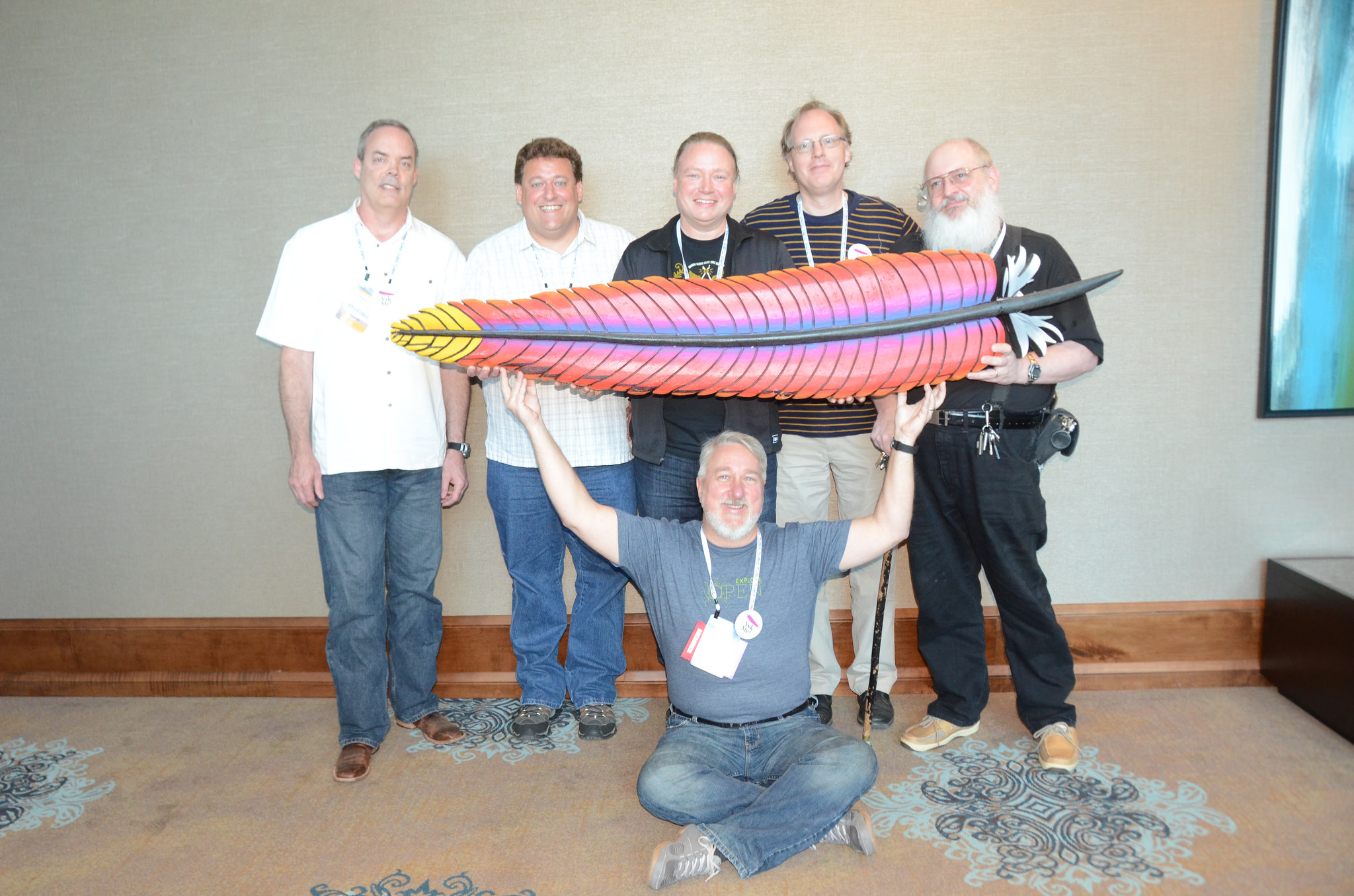
Before there was the ASF, there was the "Apache Group"
Informal organizational structure
8 members
Formed in Feb. 1995
Continued the work on the NCSA httpd
Wrote a very permissive license, based on previous work
Growth
Then (1999) | Now (10.2024) |
|
|
Number of projects over time

Number of podlings over time

Language distribution
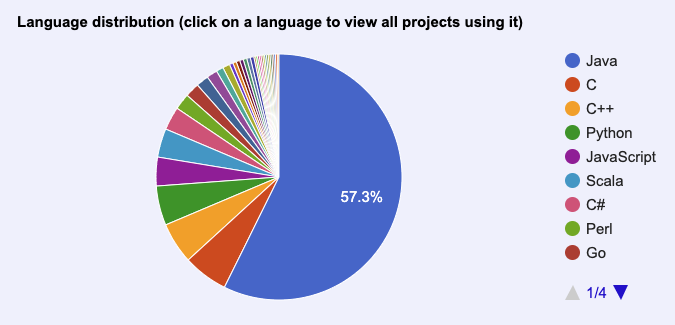
Project categories
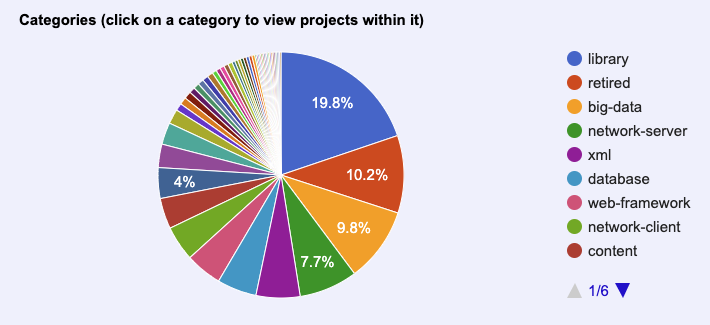
The mission
Provide software for the public good
Provide all means to protect every volunteer from prosecution as long as this prosecution is aimed at a project of the foundation
Provide a place for projects to develop in a vendor-neutral environment
The vision
The Apache Software Foundation provides support for the Apache community of open-source software projects. The Apache projects are characterized by a collaborative, consensus based development process, an open and pragmatic software license, and a desire to create high quality software that leads the way in its field. We consider ourselves not simply a group of projects sharing a server, but rather a community of developers and users.
Projects
Heart of the ASF are the projects
ASF provides services:
Infrastructure
Marketing, Legal, Security services
Advice and experience to direct governance and community
Structure of a project

Lifecycle of a project
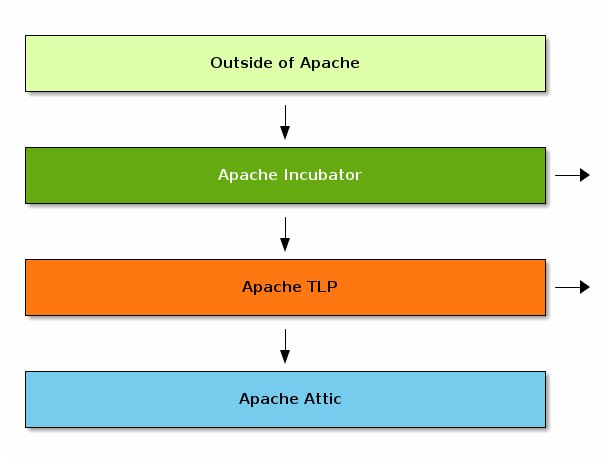
How is the ASF structured?
Member based - only individuals can join (no companies)
Members nominate and elect new members
Members elect board (9 directors)
Annual members meeting via IRC
Monthly board meeting
Every project elects a Chair as interface to the board
Structure of the ASF
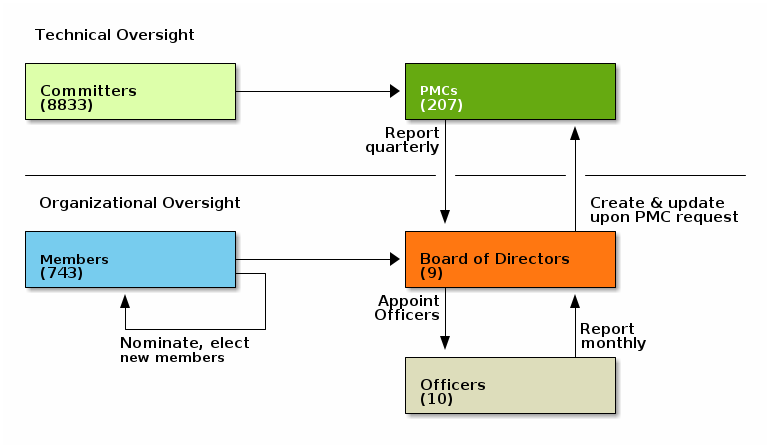
How does this all work?
A method to develop software
A method to run communities
A method to run an organisation
On which principles is it based?
Merit (Earned Trust): Advancement through action & commitment
Transparency: Nothing happens in secret
Community: Together we are strong
Ways to be committed
Documentation, Tutorials, Examples
Talks (at conferences & meetups)
User groups
Helping others (On mailing lists, Chat, third-party sites)
Filing bug reports
Testing and helping fix bugs & issues
Bugfixes
New features
Mentoring, involvement in the foundation itself
Path of merit
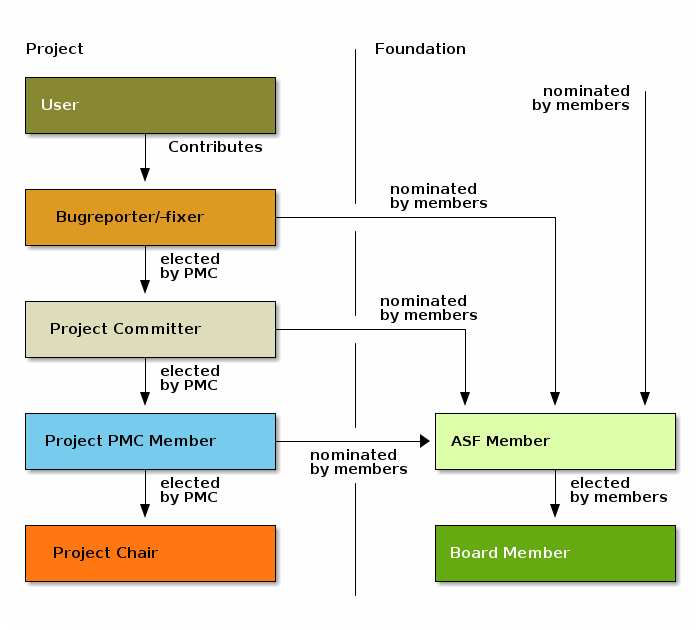
If it didn’t happen on the list, it didn’t happen
If something isn’t documented on any of the mailing lists, it didn’t happen
Every discussion and decision needs to be documented
All discussions should happen in the public
Off-list discussions can happen, but important information needs to be forwarded to the mailing list
Others need to be able to participate
Archived for future reference and research
Community over Code
We’re (all) volunteers, life happens and our availability and our interests change
A vital community welcomes, mentors, and encourages new community members
It’s normal, that members (temporarily) leave the community
Poisonous people scare others and must be fought
Result of a healthy community → better code, long-lasting projects
Consensus-based decisions
PMC members have binding votes
Non-PMC members have non-binding votes
Formally only binding votes count
But non-binding votes usually are still respected
Something is considered decided if:
At least 3 binding votes
More
+1than-1votes
Collaborative development
Code should be developed in community with others
Large code-drops are bad
Development should happen on-line (Git/SVN, Email, …)
Votes ensure that at least 3 developers are still active
In order to allow anyone to participate, votes usually last at least 72 hours
Discussions and votes happen only on the mailing-list
The result
Vendor neutrality
Diversity
Trust
Safety
Security
How can companies help?
Companies can allow their employees to contribute during working hours
Companies can directly support the ASF financially (Sponsoring)
Companies can donate code, so everyone can profit from it
Companies can’t directly fund development in projects
Companies can donate funds towards projects (Targeted donations)